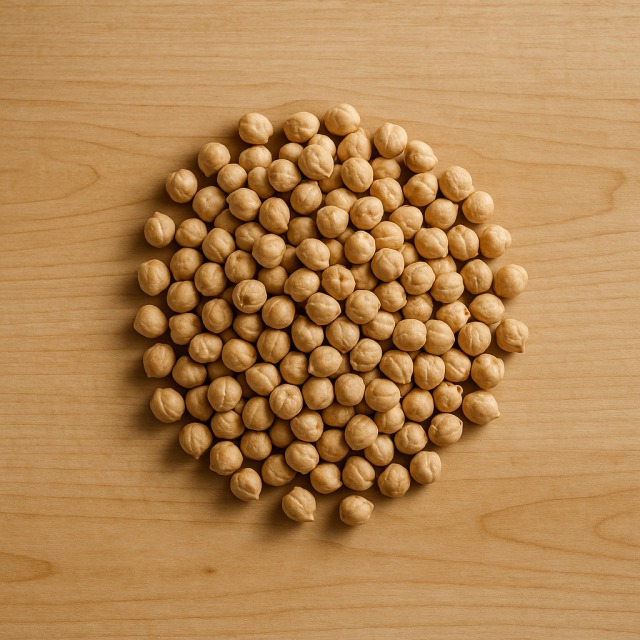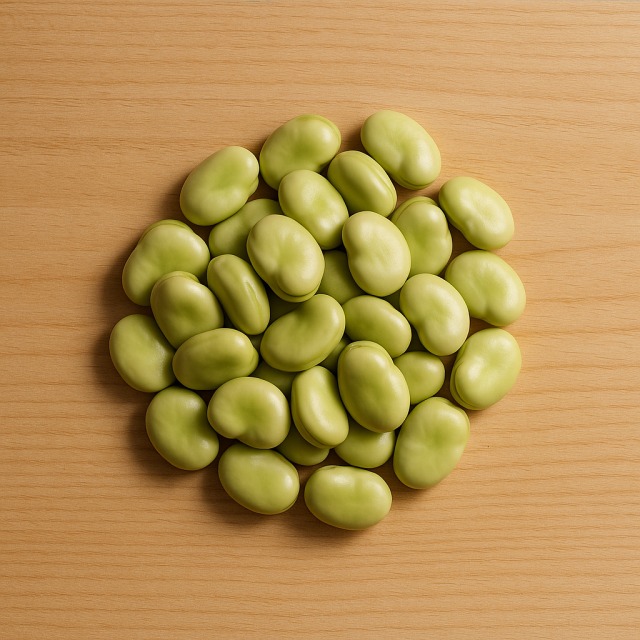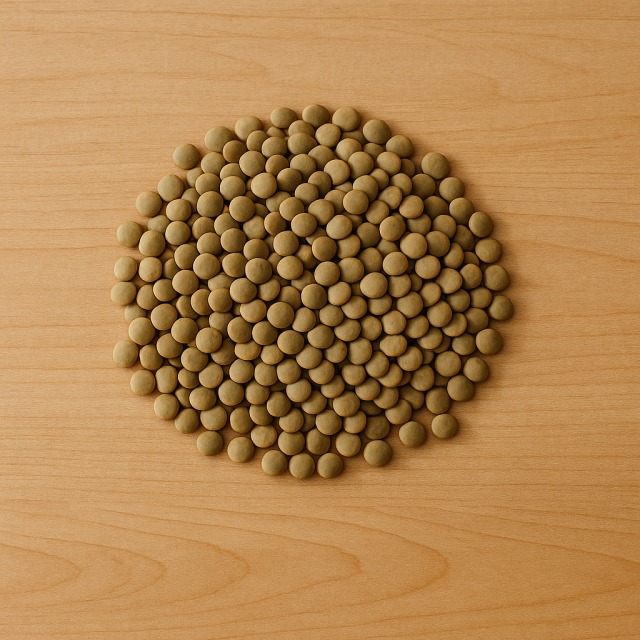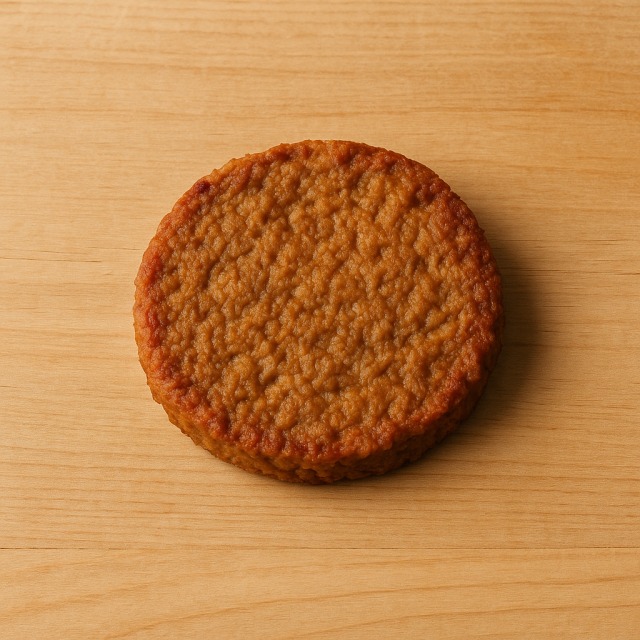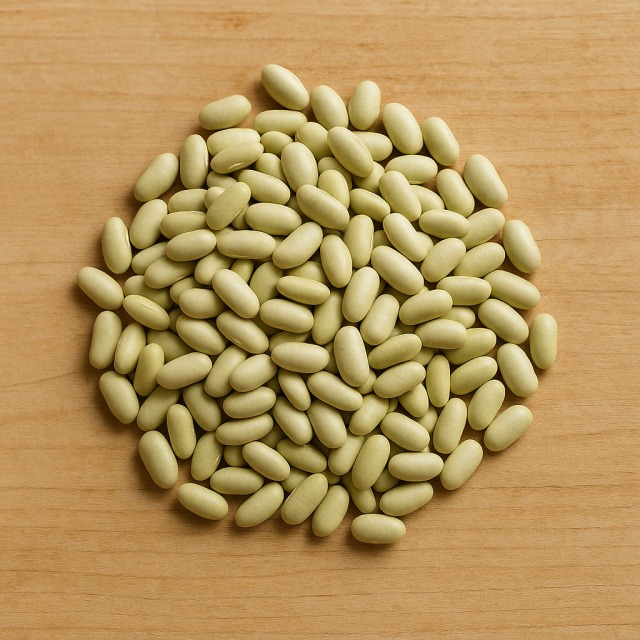Calorie Chart / Vegetables / Soybean
How Many Calories Are in Soybean?
Calculation of the nutritional value & Recommended Dietary Intake of soybean
For g and a calorie requirement of kcal
| Calories 20 kcal | Proteins 2.4 g | Lipids 0.1 g | Carbohydrates 2.4 g |
| 1% | 3% | 0% | 1% |
Health benefits of soybean
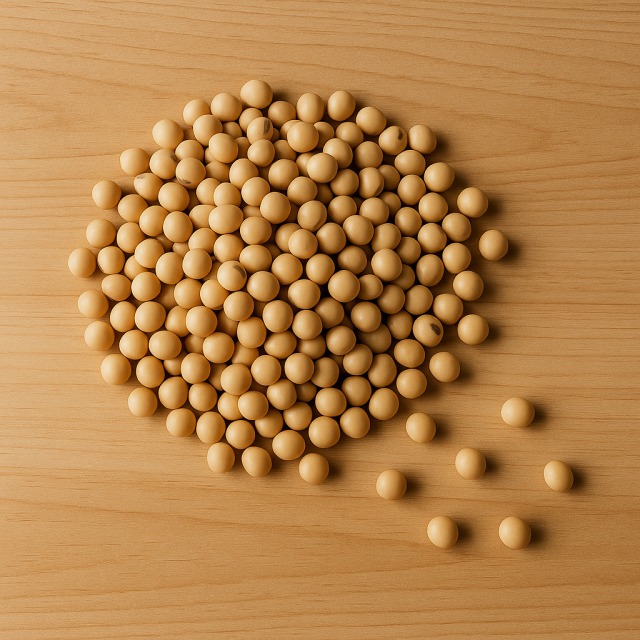
Soybean - 100g
Calories 17 kcal
Proteins 2 g
Lipids 0.1 g
Carbohydrates 2 g
Soybean is considered a very low-calorie legume: a 100 g portion supplies only a fraction of the calories found in most other beans. This modest calorie intake is accompanied by a light 2 g of proteins and almost no fat, which helps people looking to curb their daily calories without sacrificing satiety.
Beyond its restrained calorie load, soybean delivers interesting micronutrients: folate (vitamin B9) for cell renewal, vitamin K for blood coagulation, as well as appreciable amounts of iron, magnesium, and manganese. Sprouted soybeans also contain vitamin C. In addition, soy is rich in isoflavones, phyto-oestrogen compounds whose heart and bone benefits are still considered "supposed" by several health agencies but are nonetheless widely studied.
The legume has been cultivated in China for more than 3,000 years and was once called one of the "Five Sacred Grains." Its worldwide expansion in the 20th century makes it an unavoidable reference when talking about plant-based proteins with minimal calories. Knowing these historical facts provides extra context for anyone comparing calories between cereals and legumes.
Thanks to its combination of fibre and water, soybean helps prolong satiety while keeping calorie intake low. That quality, together with its nutrients, explains why nutritionists often promote soybean in weight-management or sports programs where every gram and every calorie count.
Tips for incorporating soybean into a balanced diet
Because soybean carries so few calories, it can be used as a "volume booster" in salads and bowls without exploding the calorie budget. Toss blanched soybeans with diced tomato, fresh cucumber, and a spoon of vinaigrette for a refreshing 5-minute lunch whose calories stay under control.
Turn it into a warm meal by pairing stir-fried soybeans with brown rice, garlic, and ginger; top the bowl with grilled chicken breast. You add taste and still keep an eye on calories, because each component is naturally moderate in calories.
For a vegan option, mix soybeans with diced tofu, steamed broccoli florets, and a drizzle of sesame oil. The dish is rich in plant proteins and remains friendly to a low-calorie target. Remember: the overall calories come from added fats and sauces, not from soybean itself.
If you fancy soup, blend cooked soybeans with vegetable stock and herbs to obtain a creamy texture without dairy; the result is satisfyingly thick while the calories remain minimal. Whether you follow a weight-loss plan, a maintenance phase, or high-volume athletic eating, soybean is a handy way to adjust calories precisely in balanced menus.
Frequently Asked Questions
- How many calories are in soybean?
- There are 17 kcal per 100 g, which makes soybean extremely light in calories.
- Is soybean considered low in calories compared with other legumes?
- Yes, most legumes provide 90–120 kcal per 100 g cooked, so soybean's 17 kcal place it in the very low-calorie category.
- Can soybean help with weight loss thanks to its calorie profile?
- The combination of fibre, protein, and very few calories can increase satiety while keeping daily calorie intake low, which is useful in a weight-loss strategy.
- Do athletes eat soybean even though it is so low in calories?
- Athletes use it as a nutrient-dense volume food; they may combine it with higher-calorie items to reach their target calories while enjoying extra vitamins and minerals.
- Does cooking soybean change its calorie content?
- Slightly: water absorption may lower the calories per mouthful even further, but the difference in calories remains marginal because the raw product is already low.
Similar foods
Information provided by Calorie Menu may contain inaccuracies or errors. It cannot, under any circumstances, substitute medical advice or medication.
